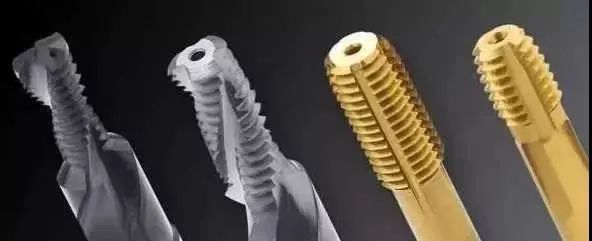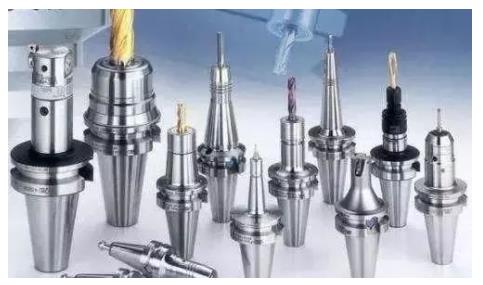Cutting tools are tools used for cutting in machining manufacturing. Most of the knives are machine-used, but there are also hand-used ones. Since the tools used in mechanical manufacturing are basically used to cut metal materials, the term “tool” is generally understood as a metal cutting tool. Tools used for cutting wood are called woodworking tools.
Tools can be divided into five categories according to the form of the workpiece surface:

■ Processing various external surface tools, including turning tools, planers, milling cutters, external surface broaches and files, etc.
Hole processing tools, including drills, reamers, boring cutters, reamers and inner surface broaches, etc.
■ Thread processing tools, including taps, dies, automatic opening and closing thread cutting heads, thread turning tools and thread milling cutters, etc.
■ Gear processing tools, including hobs, gear shaping cutters, gear shaving cutters, bevel gear processing tools, etc.
■ Cutting tools, including toothed circular saw blades, band saws, bow saws, cutting tools, saw blade milling cutters, etc.
In addition, there are combined tools.
According to the cutting motion mode and the corresponding blade shape, cutting tools can be divided into three categories:
■ General tools, such as turning tools, planers, milling cutters (not including formed turning tools, formed planers and formed milling cutters), boring cutters, drills, reamers, reamers and saws, etc.;
■ Forming tools. The cutting edge of this type of tool has the same or close to the same shape as the section of the workpiece to be processed, such as forming turning tools, forming planers, forming milling cutters, broaches, conical reamers and various thread processing tools, etc.;
■ Generating tools are used to process gear tooth surfaces or similar workpieces by the generative method, such as hobs, gear shapers, gear shaving cutters, bevel gear planers and bevel gear milling cutters.
Structure
The structure of various tools consists of a clamping part and a working part. The clamping part and working part of the cutter with integral structure are made on the cutter body, the working part (tooth or blade) of the cutter with insert structure is mounted on the cutter body.
The clamping part of the tool has two types: with hole and with shank. Hole cutters rely on the inner hole to be sleeved on the main shaft or mandrel of the machine tool, and transmit torsion moments with the aid of axial keys or face keys, such as cylindrical milling cutters, sleeve face milling cutters, etc.

Shank tools usually have rectangular, cylindrical and tapered shanks.
Turning tools, planers, etc. are generally rectangular shanks, tapered shanks rely on taper to bear axial thrust and transmit torque by friction, cylindrical shanks are generally suitable for smaller twist drills, end mills and other tools. The friction force generated transmits the torsion moment. The shank of many shank tools is made of low-alloy steel, while the working part is made of high-speed steel butt-welded two parts.
The working part of the tool is the part that generates and handles chips, including the cutting edge, the structure to break or roll up the chips, the space for chip removal or storage, and the passage of cutting fluid. The working part of some tools is the cutting part, such as turning tools, planers, boring cutters and milling cutters, etc. The working part of some tools includes cutting parts and calibration parts, such as drills, reamers, reamers, and inner surface drawing, knife and tap etc. The function of the cutting part is to remove chips with the cutting edge, and the function of the calibration part is to polish the cut surface and guide the tool.


